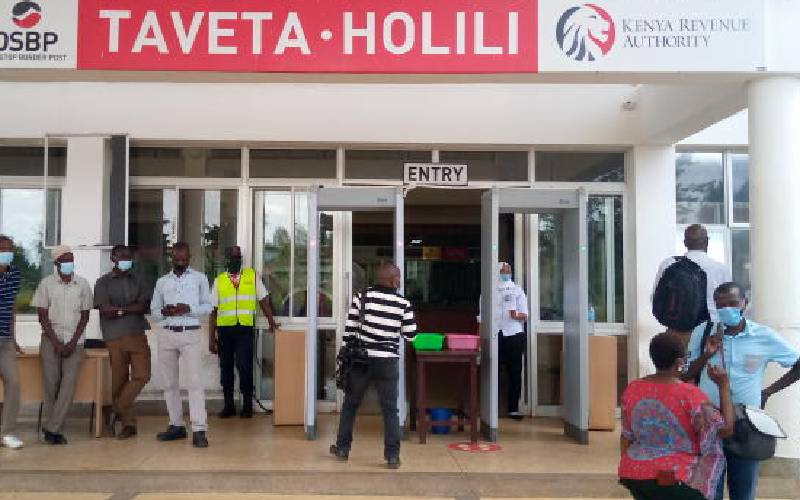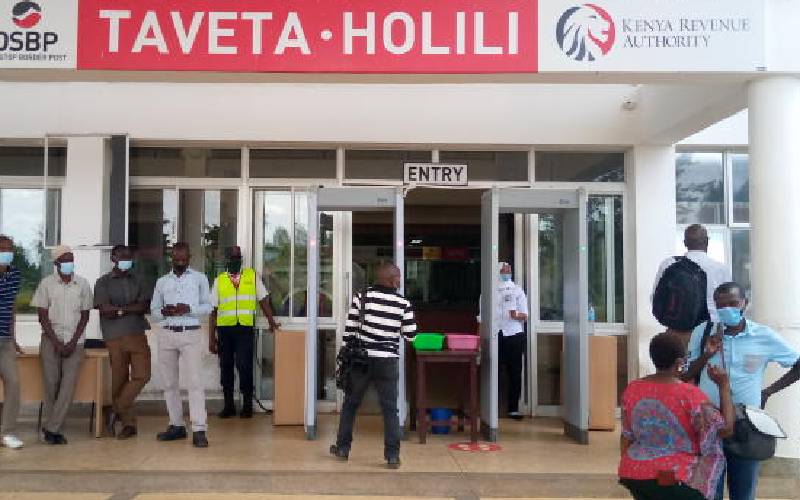[ad_1]

The Kenya Revenue Authority (KRA) is expected to collect Sh279 billion in two months to meet its target for the financial year.
This translates to an average monthly collection of Sh139 billion in the months of May and June, a huge task for a taxman that managed to net a monthly average of Sh119 billion between July 2020 and April this year.
Data from the National Treasury shows that KRA collected Sh1.19 trillion by end of April against a target of Sh1.47 trillion for the 12-month fiscal period to June.
This leaves it with a difference of Sh279.1 billion, which is to be filled in the remaining two months, a failure to which the government will have to borrow more or cut spending.
According to a Sh256 billion, three-year programme that the government has with the International Monetary Fund (IMF), Kenya is expected to cut spending rather than increase borrowing in case tax collection underperforms.
“During this period, in case of any tax shortfall that would compromise the achievement of the primary deficit…the authorities are committed to identifying expenditure offsets,” said the IMF in a report, noting that depending on the extent and nature of the shortfall, the country could also be forced to look at additional tax measures.
Tax revenue performance has been negatively affected by the Covid-19 pandemic, first recorded in the country in March last year.
A lot of businesses have shut down even as workers have lost their sources of livelihood, leading to less tax collection.
Take a quick survey and help us improve our website!
In the 10 months to April 2021, total expenditure was Sh2.16 trillion against a budget of Sh2.94 trillion.
During the period, ministries spent Sh826 billion on recurrent expenditure including salaries and other administrative costs against projected spending of Sh1.08 trillion.
Consolidated Fund Services (CFS), which includes first-charge expenditures such as payment of interest on debts, pensions and salaries to constitutional officer holders, took up Sh841.1 billion against a target of Sh1.07 trillion.
A big chunk of the money was spent on the payment of debt. For every Sh100 that the government collected in taxes in the 10 months of the financial year, Sh64 went to paying the debt.
Development spending took up Sh258.2 billion, or just 64 per cent of a budget of Sh401.4 billion. Seven State agencies had not received a single shilling from the Exchequer by end of April.
Counties, which have also complained about a delay in disbursement of funds, had received Sh239.8 billion against a total allocation of Sh383.6 billion inclusive of conditional grants.
Other than revenue from taxes and ministerial fees, the National Treasury receipts also included external and domestic loans.
[ad_2]
Source link



















